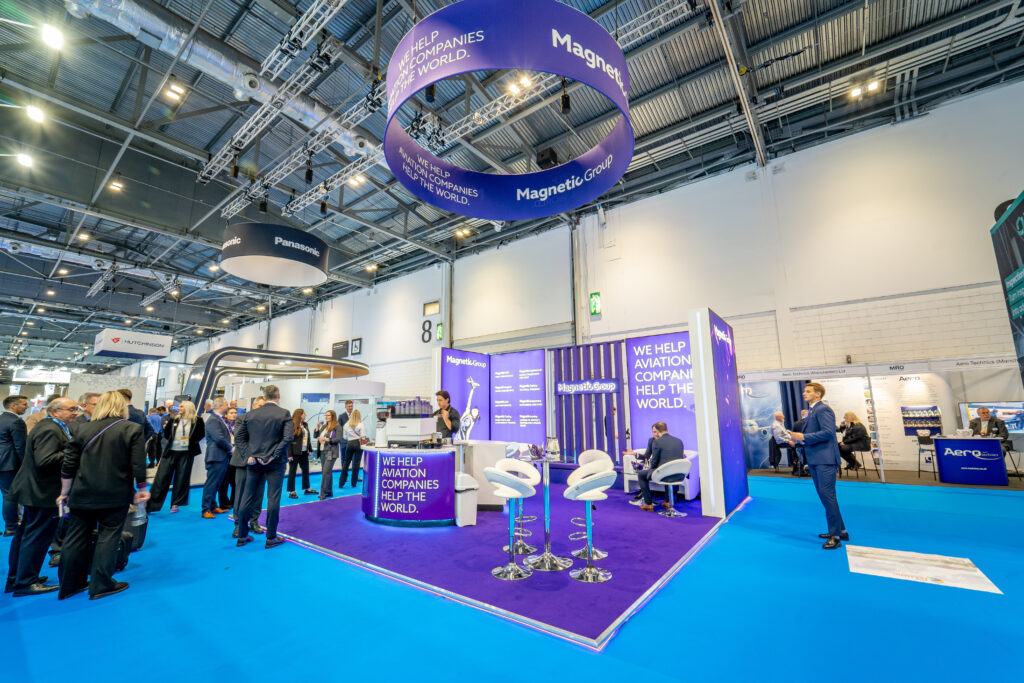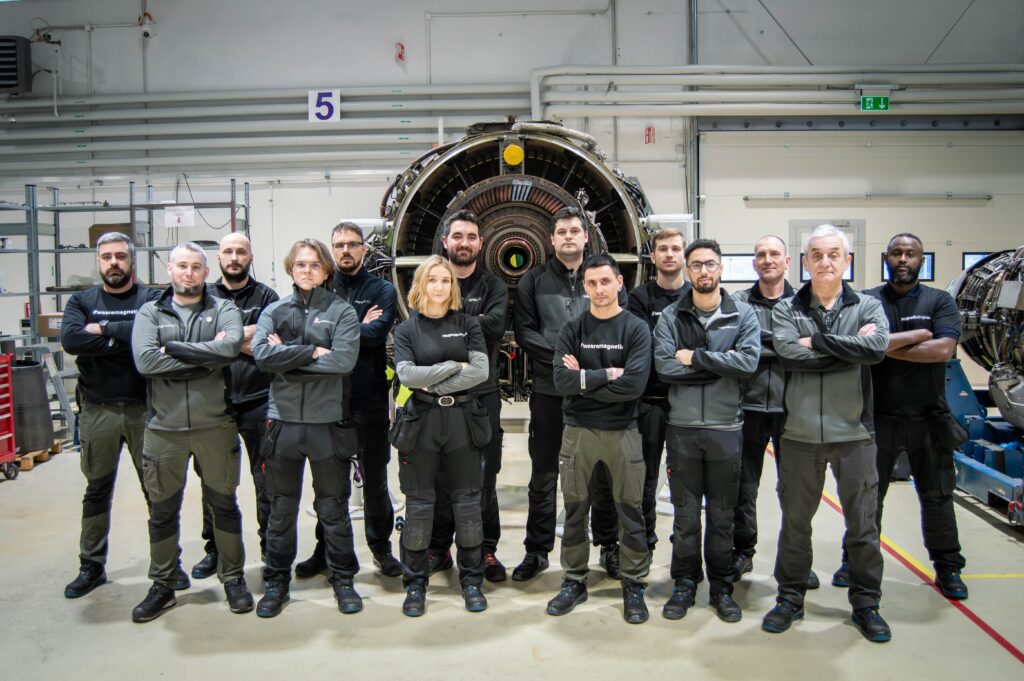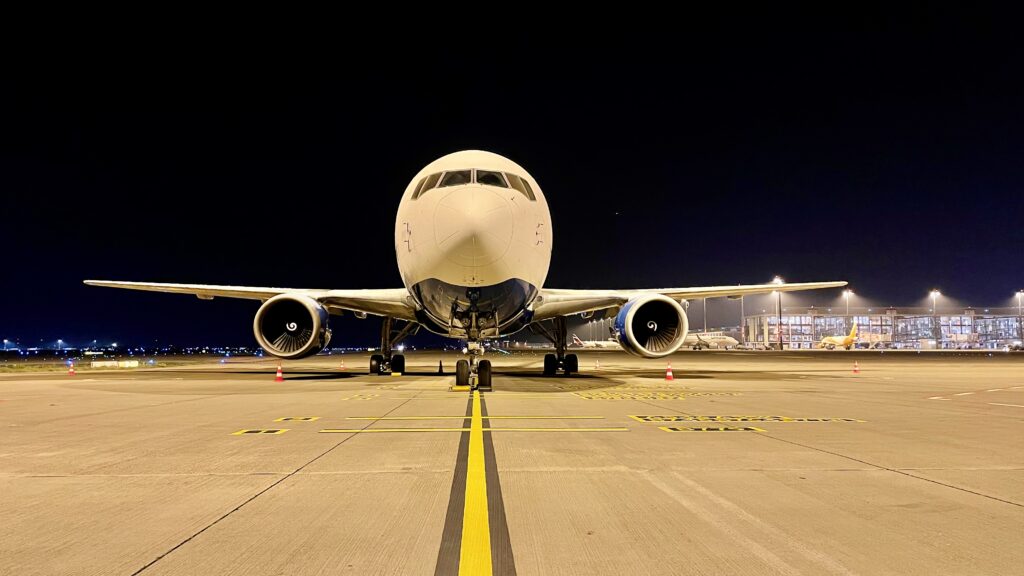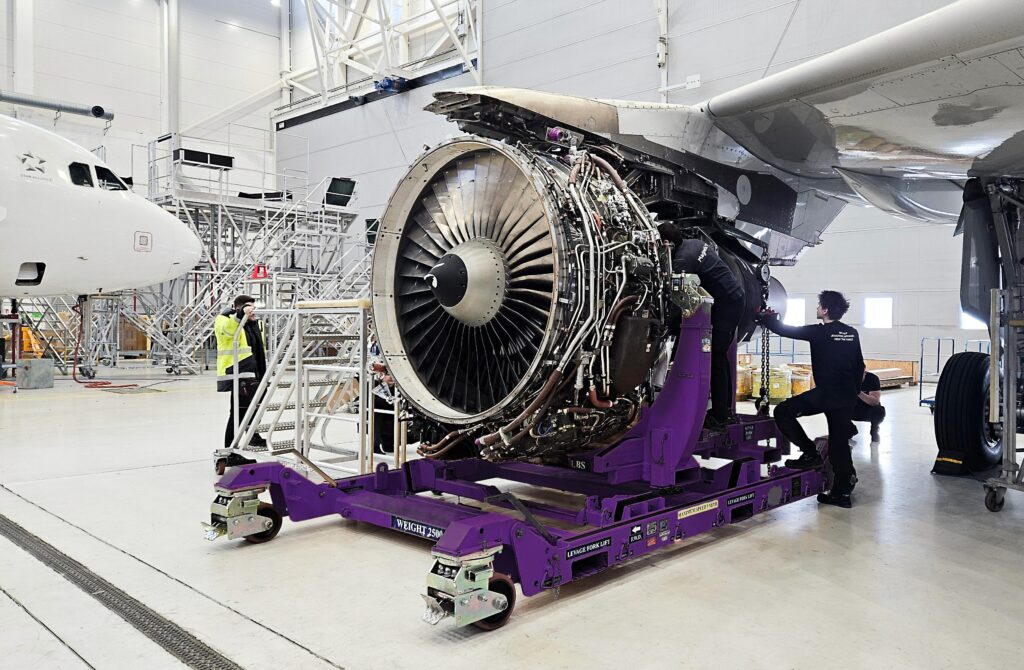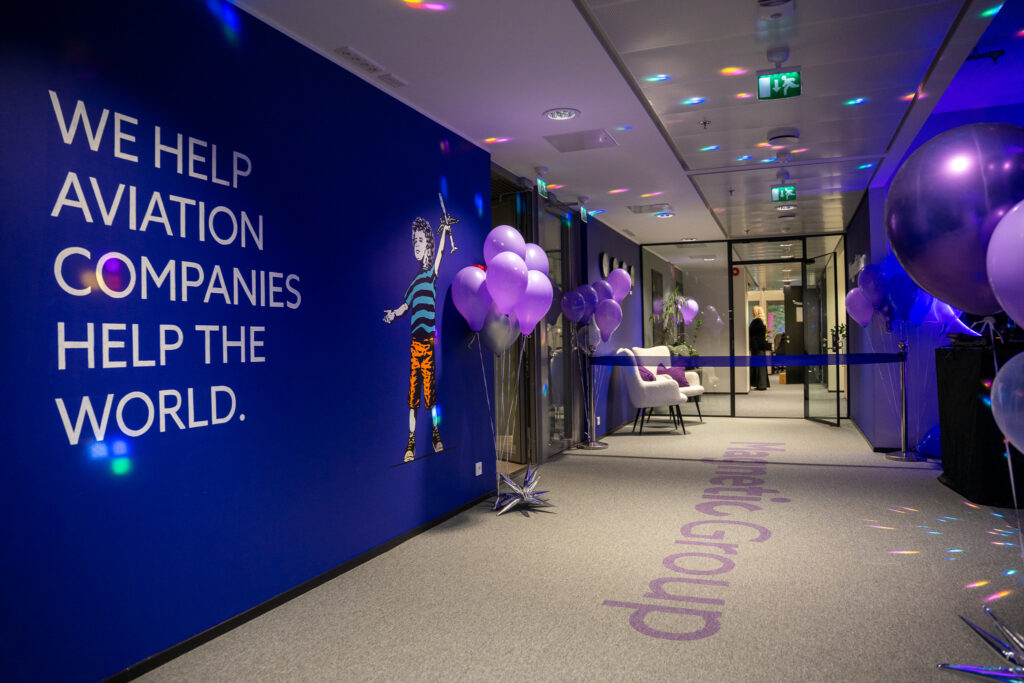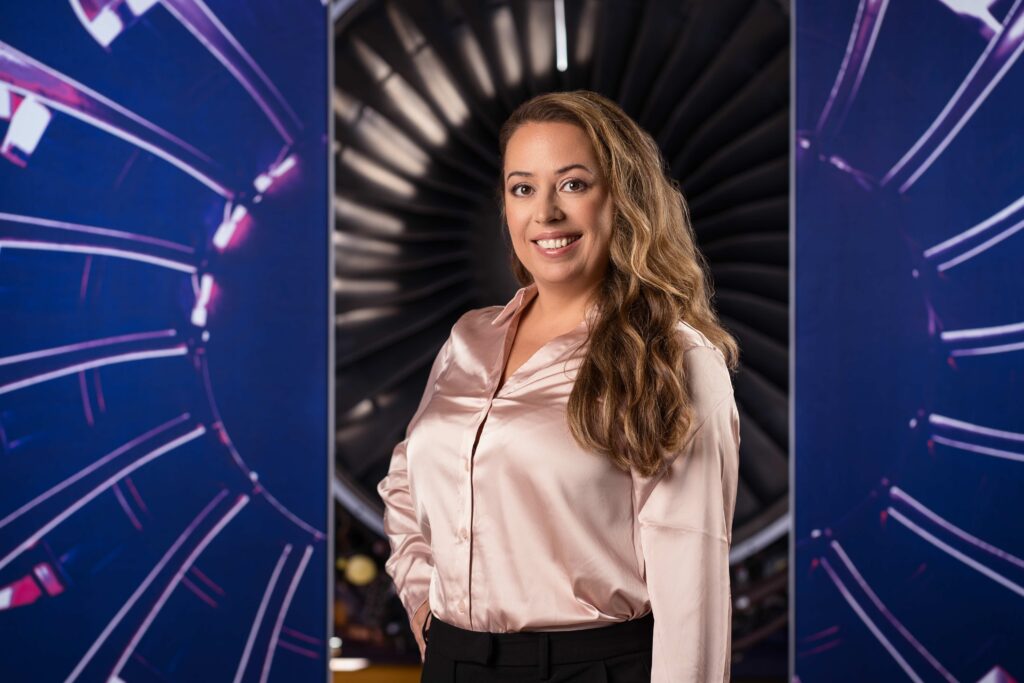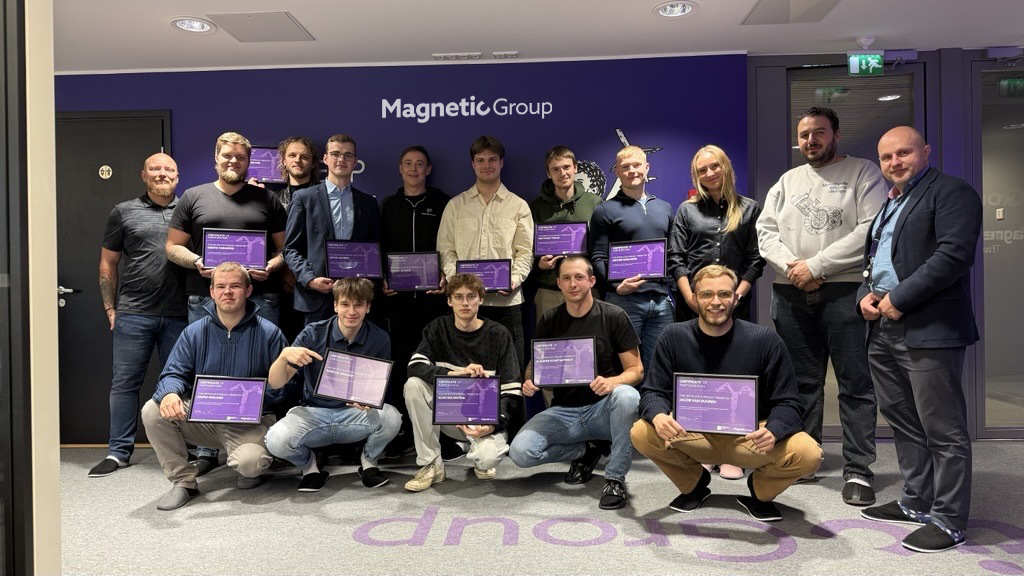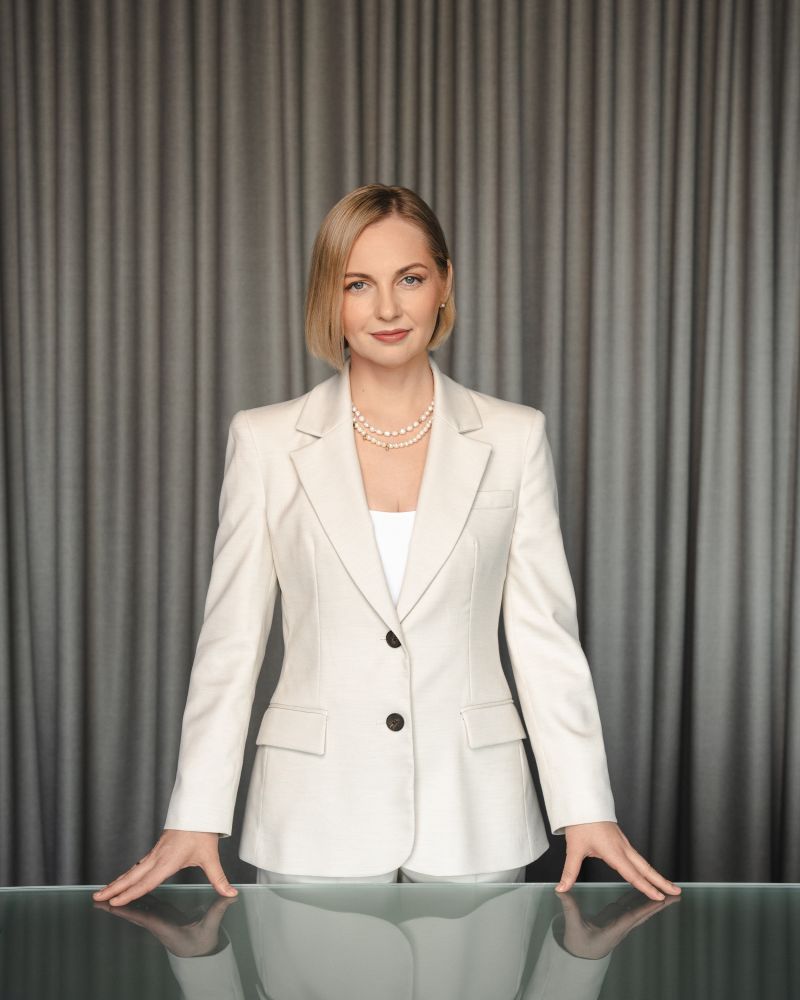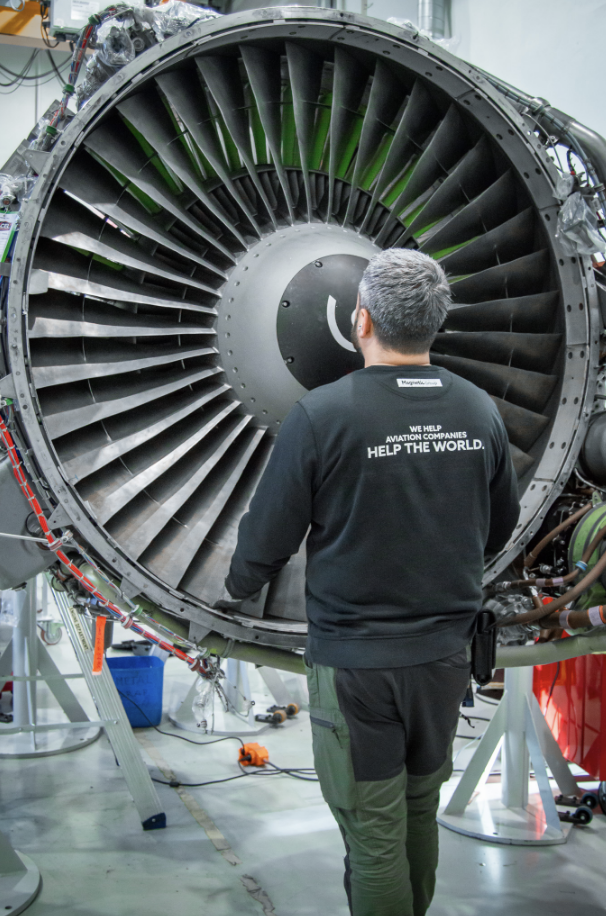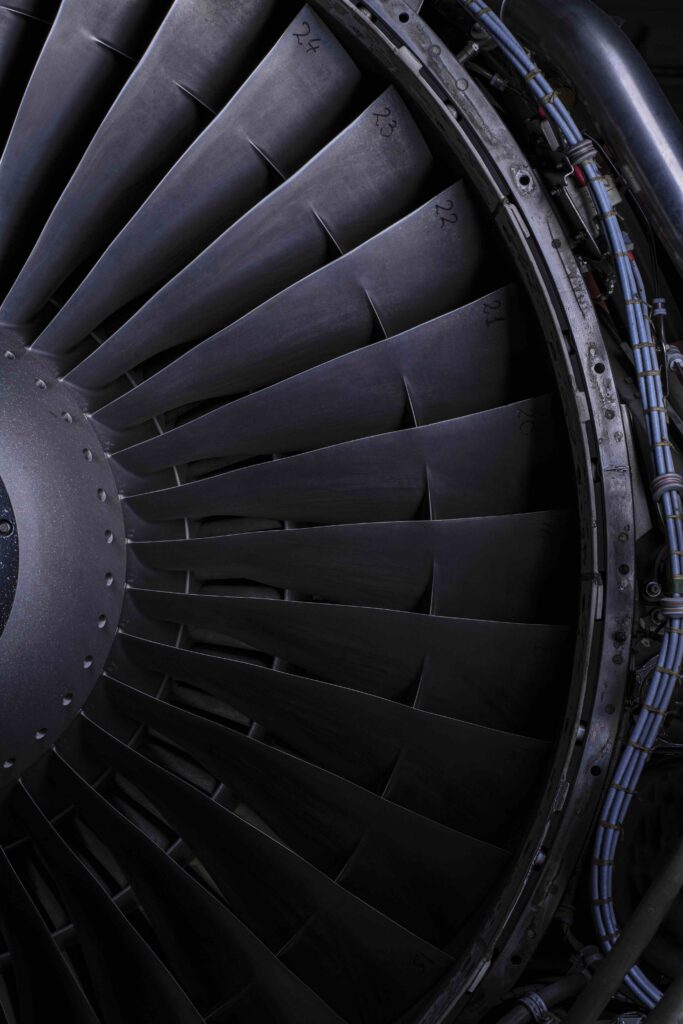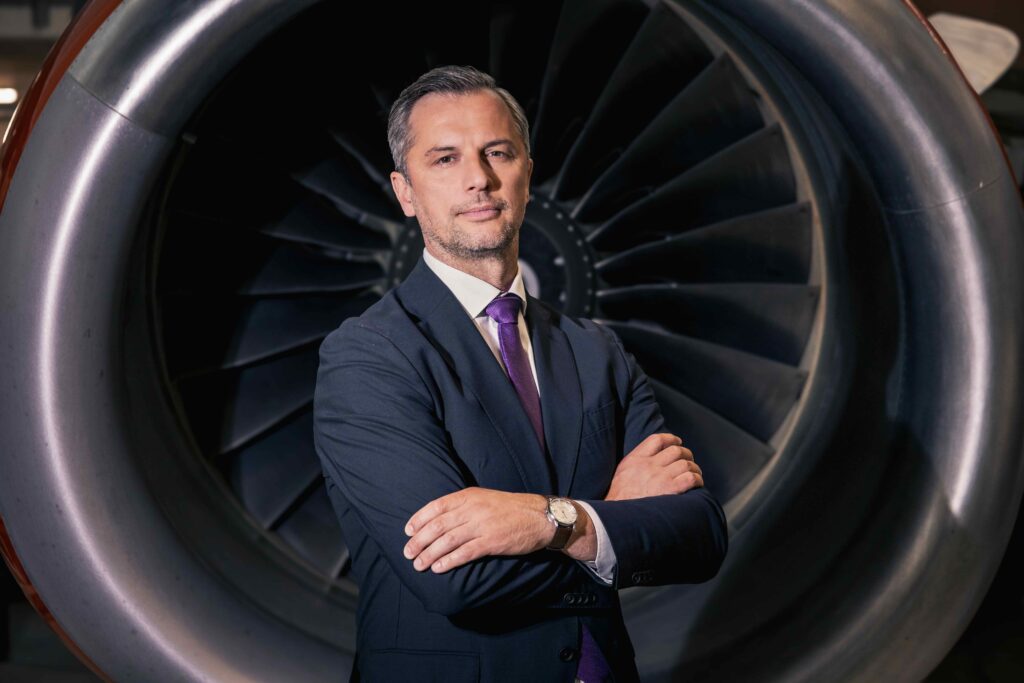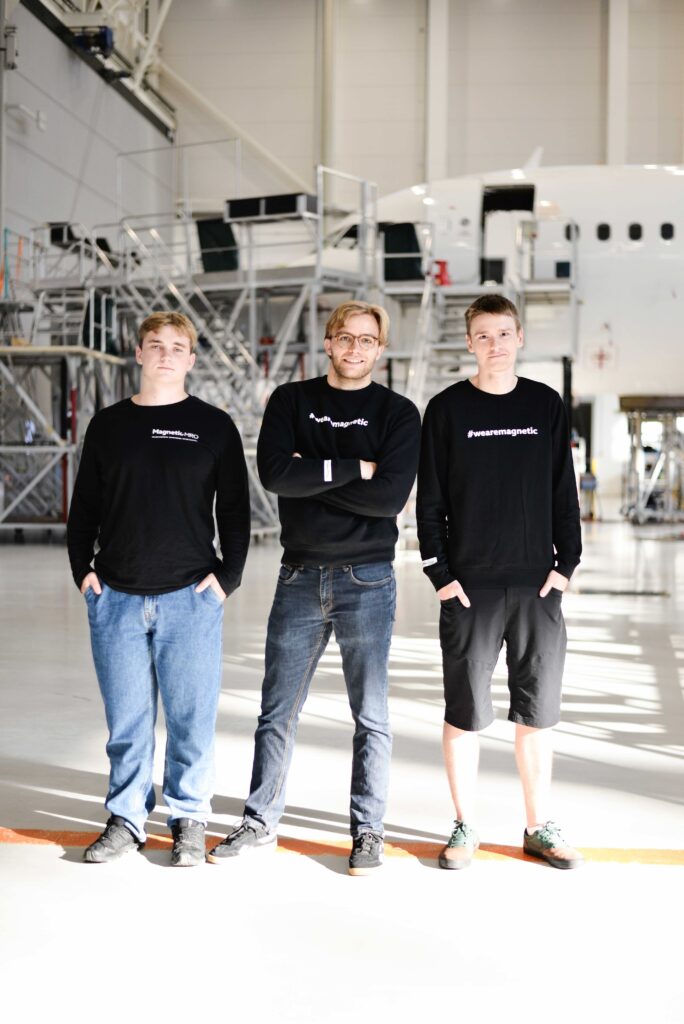Anniversary Interview: Filip Stanisic
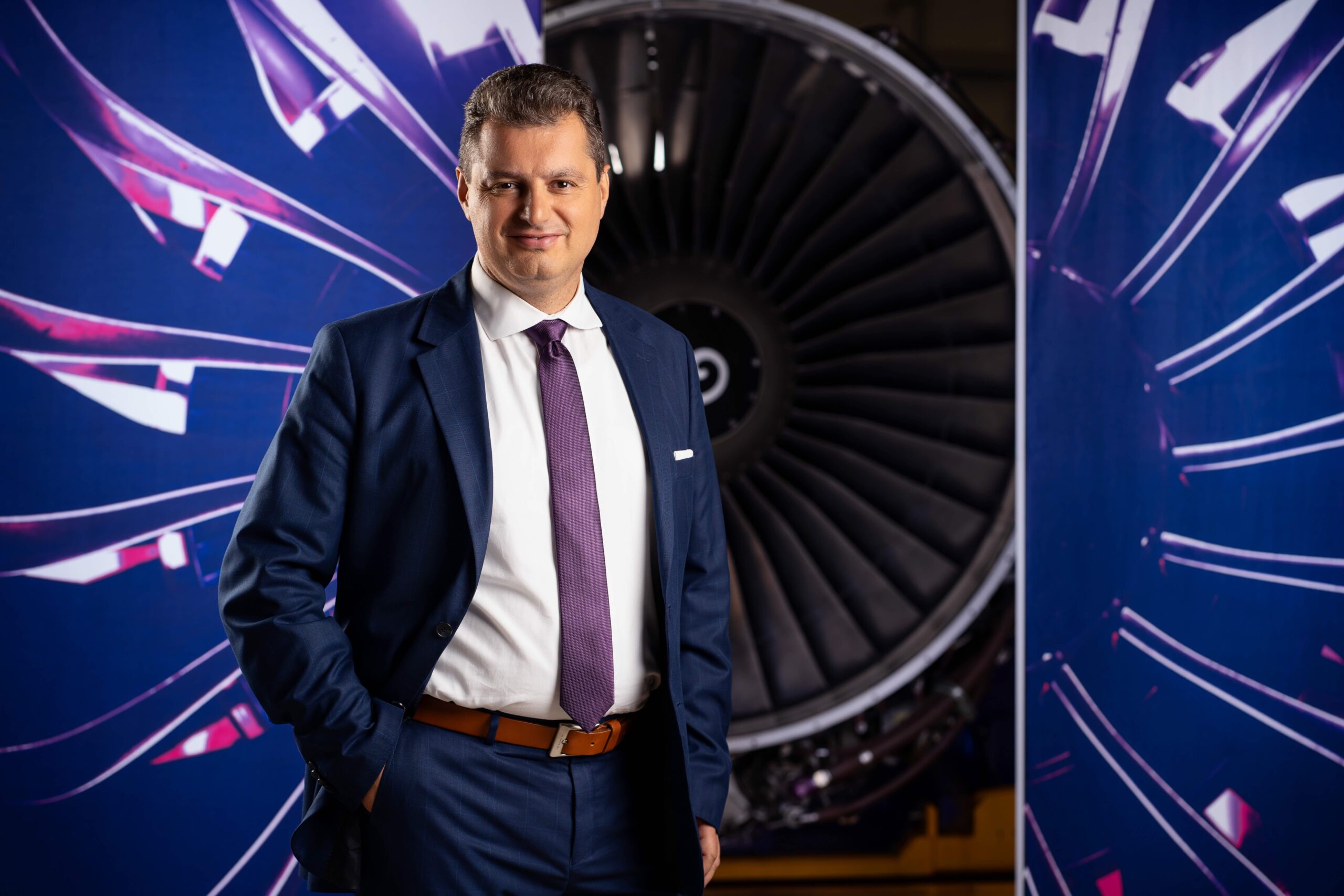
On his 10th anniversary with the company, Filip Stansic, Head of Magnetic Engines and a Magnetic Group management board member, reflects on his decade-long journey. Throughout the years, Filip has had quite an impact on the growth of the company, in particular, the engine division.
What are your roles at Magnetic Engines and Magnetic Group?
Filip: I am leading Magnetic Engines, one of the brands belonging to Magnetic Group. Magnetic Engines' dedicated Engines Workshop in Tallinn provides repairs for CFM56-family engines. At the same time, I am working on all other engine-related topics like aircraft engine sales and leasing. All that is related to engines, even some engine material trading topics, comes to my plate. In parallel, I am also a part of the Magnetic Group management board.
How has the group evolved and changed over the last ten years?
Filip: I sometimes joke that I’m a dinosaur; not many non-technical staff have been in the company as long as I have. When I joined the company, our name was still Air Maintenance Estonia, which in the same year was rebranded to Magnetic MRO. We were mainly a company that provided base and line maintenance. Back then, we were more of an Estonian-Lithuanian company. Now, after ten years, Magnetic Group is really a one-stop-shop solution company, having developed into a global company with offices also in Miami, Kuala Lumpur, and Amsterdam. Our team is also international, with people from all over the world joining the Magnetic team.
What makes the Magnetic Engines team unique?
Filip: One of the most exciting parts about leading the Engines team is our diversity. We're one of the most international teams within Magnetic Group, with skilled engineers relocating to the Tallinn Engines Workshop, even from other distant countries like Morocco, Ethiopia, Turkey and Serbia.
Our team is primarily spread across two locations: Tallinn and Belgrade. It's inspiring to see how different perspectives and skill sets come together, creating an efficient, dynamic team. Our strong foundation and reputation for Magnetic Engines have been built together with this great team.
We have a growing team of hard-working experts. At the moment, there are 24 people on the Magnetic Engines team, but the number should increase to 27 in the near future.
Can you share some of the most exciting projects you've worked on?
Filip: We've had quite a few, yet the "firsts" are always the most memorable. For example, the First Core Performance restoration was an exciting experience for us all. Then, the team worked on a CFM56-5B Engine DAC to SAC Conversion, converting from a Dual Annular Combustor engine to a Single Annular combustor engine, in 2024. This project was extremely interesting for all our technical people.
I remember one of our earlier exotic challenges — a project in Ponta Delgada on the Portuguese islands. It was an AOG (Aircraft on Ground) situation, and our team flew in to help. One of our team members ended up flying business class just to deliver some specific tooling to our team of engineers and flew right back.
Another captivating side of our engine work is its global scope, as we get our hands on engines from all over the world, including New Zealand, Thailand, Japan, the Middle East, and more, reaching our workshop for maintenance and repairs.
How has Magnetic Engines kept up with the demands of the industry?
Filip: The market has been extremely turbulent in the past five years. It's essential to see the aviation industry trends and plan accordingly. We are working constantly on extending our capacity and capability. For this reason, the plan is to build a new engine shop that should help us double the capacity we have at the moment and work on LEAP engines there as well. Currently, we're working on developing LEAP capabilities, which is just one of the steps.
Over the years, we've added new engine types and services to our repertoire based on market needs and customer feedback. Personally, I'm focused on expanding Magnetic Engines capabilities further and solidifying our presence globally. I'd like to see us enter new markets. South America is a region we're still not as active in, but I believe we can change that. To sum up, the idea is to keep widening our geographical and technical scope.
Last but not least, what advice would you give someone who’s thinking about a career in aviation?
Filip: Think twice before you go into it. Once you start, it is like drugs; very hard to leave it. On the same note, it's one of the most intense industries that you can work in. The stress level can be very high, but it is also so rewarding to see airplanes on which you worked on flying.


 go back
go back

